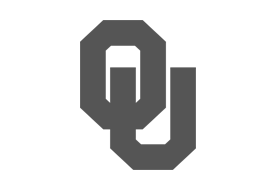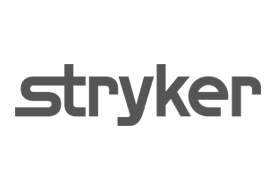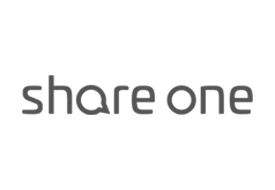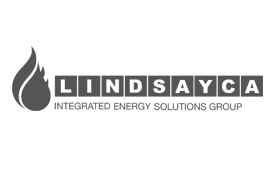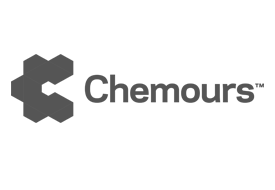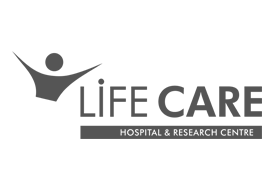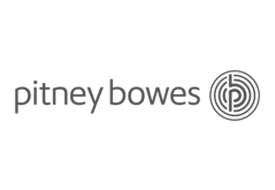HOW IOT IS TRANSFORMING MEDICAL TECHNOLOGY DEVICES
IoT is Transforming Medical Technology Devices, heralding a paradigm shift in the healthcare landscape. The integration of Internet of Things (IoT) technology is not merely augmenting medical devices; it’s fundamentally revolutionizing their capabilities and impact. From wearable gadgets to sophisticated diagnostic equipment, IoT has ushered in a new era of interconnectedness and intelligence in medical technology. This transformation extends beyond mere connectivity, empowering devices to collect, analyze, and transmit real-time data, thereby revolutionizing patient care and treatment outcomes. In this exploration, we delve into the unprecedented ways in which IoT is reshaping medical technology devices, unlocking new potentials for precision medicine, remote monitoring, and personalized healthcare delivery. Join us as we embark on a journey through the intersection of IoT and healthcare, unraveling the transformative power of technology in improving lives and advancing the future of medicine.
As the healthcare system becomes more aware of the benefits provided by apps based on the Internet of Things (IoT), the business model and overall strategy of Medtech-oriented organizations are changing. The great importance of Big Data in rendering effective, results-based healthcare is no longer a secret. Increasingly more providers have turned their attention to advanced technologies to be able to measure patient outcomes and determine what works and what doesn’t.
Access to accurate data is currently provided by sensor technology that tracks and monitors patient activity 24/7. For the information gathered to be useful, it needs to be analyzed, communicated and aggregated correctly. The tech suite that comes with the IoT is opening new doors to organizations looking to jump on a digital transformation journey, and truly make a difference by putting data to good use.
The IoT opens the door to device-connected business models
IoT technology paves the way to a digitally connected world; a world where devices play a fundamental role in Medtech. A great example, in this case, is peripheral data sensors that can automatically detect pressure patterns in patients with a prosthetic knee joint. Adding value is one of the core advantages of sensor technology, and healthcare providers in the industry will have to collaborate with major players in the industry that can bring to the table unique devices with critical capabilities.
Patients predisposed to chronic diseases, such as diabetes, now have portable, at-home smart devices that they can use to monitor their health. Digital thermometers and digital scales have embedded apps that can track and interpret results so that patients can make informed decisions as far as their health is concerned.
Wearable technology brings patients and healthcare providers together
IoT-based wearable technology has taken the healthcare industry by storm in the last decade. With smartwatches and FitBits revealing people’s general health condition, it’s not surprising that increasingly more consumers turn to these gadgets to live a better, more qualitative lifestyle. As the industry advances, health insurance companies are starting to see the benefits, too. A patient with a good health history provided by data on a FitBit has greater chances of benefiting from a more convenient insurance plan given that the chances of becoming ill are severely reduced.
IoT smartwatches are today’s clinically viable healthcare tool. In 2017, Apple launched its much-awaited Apple Heart Study app to monitor a user’s heart rhythm and alert the patient’s health facility in case of atrial fibrillation. To assist researchers in gathering insights on Parkinson’s disease, Apple went even further with the launch of the Movement Disorder API available on Apple Watch.
IoT connectivity – enabling collaboration through technology
It is critical for players in Medtech to identify how the strengths of IoT technology can bring benefits to their existing business model. For transformational innovation to occur, change should first occur within the company culture. Following this step, a strategy must be set in place, where operational processes are aligned with IT and all business departments communicate with each other to find solutions to existing problems.
The focus should be on developing areas of unmet needs and articulating the true value that such technologies bring to patients and customers. Last but not least, the deployment of IoT-based devices or services should continue with specific use cases and a crystal-clear vision that can explain what each development stage involves.
The bottom line is medical technology matters to all of us. From healthcare facilities and their patients, all the way to health providers and insurers, it has proven to be reliable, safe, and efficient when it is the most needed. In the years to come, IoT-based devices in collaboration with even more advanced tech stacks – like artificial intelligence, natural language processing, and machine learning – have the highest chances of changing the medical landscape as we know it with innovations that will save the lives of millions.
Contact us today to learn how our Healthcare IoT Expert are transforming businesses like yours



